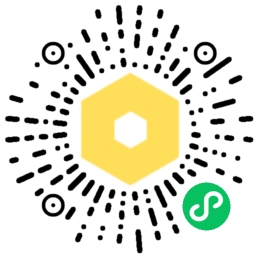【单选题】【消耗次数:1】
— Did you visit the museum last week?—No, we________, but we spent too much time shopping.
①
could have
②
could
③
must have
④
must
参考答案:

纠错
➡️如需代学继续教育,联系微信:yizhituziang
相关题目
【单选题】
Five minutes earlier, __________ we could have caught the last train.
①
and
②
or
③
so
④
but
【单选题】
You must have stayed up late last night, _____?
①
mustn’ t you
②
don’ t you
③
didn’ t you
④
needn’ t you
【单选题】
We must ( ) that all patients have access to high quality care.
①
ensure
②
award
③
grant
④
challenge
【单选题】
If it rain next week,the farmers could still have a good harvest.
①
should
②
could
③
would
④
might
【判断题】
We wish that you hadnt have such a lot of work, because we know you would have enjoyed the party.
①
正确
②
错误
【单选题】
A: I need to buy a wedding gift for Jane. B: Should we stop at the shopping center? A: [填空]. The weddings not until next week, but I wont have time later to get them anything.
①
Wont be necessary
②
Its your call
③
I suppose so
④
If you insist
【单选题】
We’ll _____you as soon as we have any further information.
①
notify
②
signify
③
communicates
④
impart
随机题目
【单选题】
关于言语失用的说法,错误的是
①
由于言语肌肉的不协调所致
②
言语失用可以单独发生
③
随着发音器官运动调节复杂性增加,发音错误增加
④
辅音在词的开头比在其他位置发音错误多
⑤
模仿回答比自发性言语发音错误多

